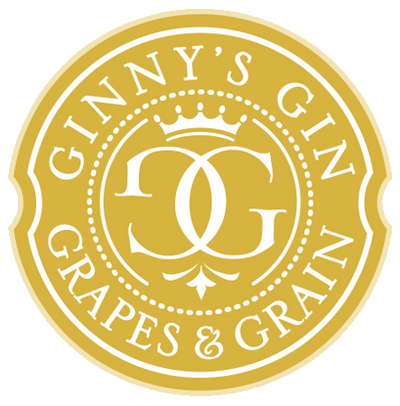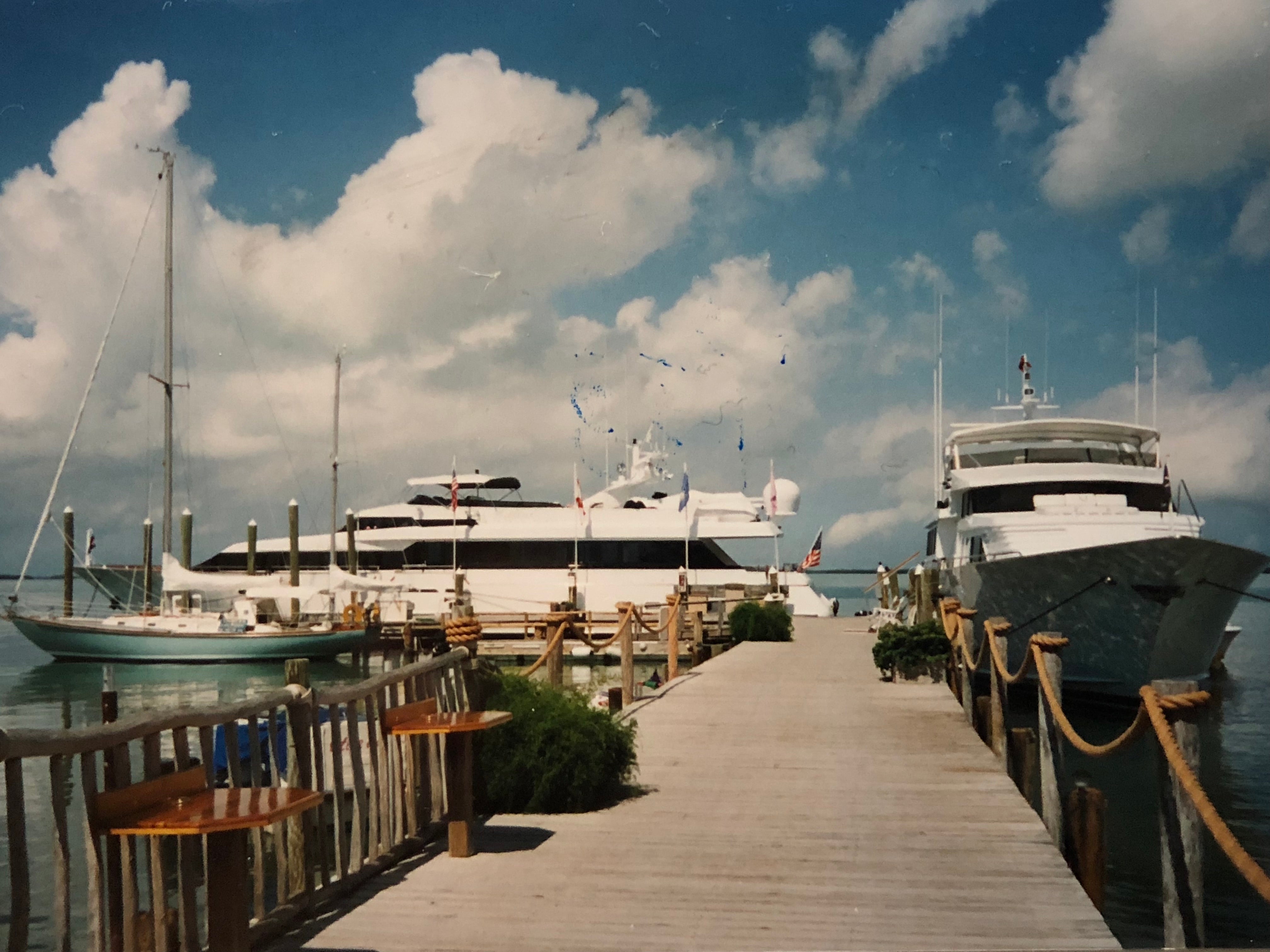A Gin Palace was originally the English name for a lavish establishment selling gin. The first 'Gin Palaces' were built in the late 1820s, with interiors influenced by the new fashionable shops being built at the time and fitted out handsomely with ornate mirrors, etched glass and elaborate gas lights. Architectural Magazine described the ideal style in 1834: “He who most lavishly bestows plate glass and gilding, together with a happy corruption or combination of all three of the Grecian orders into one, is the most likely to insure success to himself in these gin-drinking times.” They were, indeed, thought to be vulgar at the time, although hugely popular (some things never change).
As none of the original “gin palaces” survives in the 20th century, the term came to be used for large ostentatious pleasure craft, such as a motor yacht or luxury yacht, typically, moored in a marina and fitted with a sun deck used for outdoor entertaining and leisure, which normally involved the consumption of cocktails.
As if I needed further proof, beyond my home-spun moniker, that all roads would lead to gin, following the completion of my formal schooling, my natural inclinations and longings sent me directly into the path of one large, boozy pleasure craft after another.
It is customary in England to take a year off either immediately before or after attending university, the idea being that there’s no truer education than travel to give you a world view. Not the structured, parent-approved, American version of a “gap year” rubber stamped by Harvard, this was more of a serendipitous yet opportunistic walkabout with a one-way ticket to who-knows-where. Very few of my boarding school friends were surprised when my year out turned into a decade out.
One summer I was 18 and waitressing in Devon when I was invited by Lana & Peter de Savary, of America’s Cup fame, to lunch on their yacht Kalizma (or was it the Vagrant, Imp or Lands End – who knows which of the 40 or so boats he’s owned). They were chatting about his new venture The St James Club in Antigua. It sounded so exotic, I vowed to save every penny until I could afford a flight to the island and get myself a job at the club.
True to my word, I landed in Antigua that following summer with ₤30 in my pocket only to find that The St. James Club was still under construction (Bugger!). Damned if I was going to limp home, I landed a gig as a counselor at a posh kids’ camp after jogging down the beach to Curtain Bluff. Not long after, I leaped at an opportunity to join the truly juvenile crew of a 72’ Irish ketch named Chrismi of Sark which we sailed as far down as the Grenadines & Tobago Cays. Turned out that you could make good money living aboard a luxury yacht scrubbing staterooms, wrestling rigging & conjuring cocktails.
As an Aquarian (the Water-Bearer) growing up on an island, I guess I was drawn to the ocean, because this stint in the Caribbean definitely whetted my appetite for the wet (potable or not). Before I was sated I had crewed on Fantasia a 120' converted trawler in the Mediterranean, (and wooed by the velvet-lined Baccarat tables of Monte Carlo); a 120’ converted barge (complete with swimming pool) on the canals of Alsace (and enjoyed the generous hospitality of its celebrated vintners); and Bellini a 110’ motor yacht, along the Eastern Seaboard, Gulf Coast and Bahamas (where I was introduced to the fine points of managing a significant private wine cellar and my future winemaker husband, Rob).
Were they all “Gin Palaces”? From stem to stern in most every way. They captured my youthful lust for adventure, fine living (and intemperance), but vulgar they were not. They offered me responsibility and independence, a home and family (sometimes days away from land) and the surprise epiphany that I could fall in love with a boat, strangers and the water itself.



